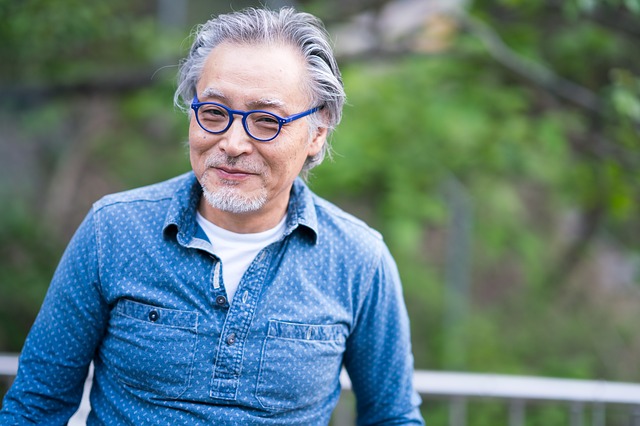Japan’s doctors propose increasing retirement age to 75

Doctors in Japan have suggested raising the definition of senior citizen to those aged 75 and older to help the country keep pace with its rapidly aging population.
A leading campaigner said the commonly accepted 65-year threshold was outdated and needs to be raised to take account of longer life expectancy and changing social attitudes to aging.
Dr Yasuyoshi Ouchi, the former chairman of the Japan Geriatrics Society, said the proposal was not meant to give political support for increasing the pension age. Instead, people in their late 60s should be given greater flexibility to continue working or volunteering if they wished to do so.
“Those who feel that they are still healthy when they reach 60 or 65 are forced to retire, and that means those who are used to supporting others become those who need to be supported by others instead,” Ouchi told an audience at the Foreign Press Centre on Tuesday.
Under proposals advanced by the Japan Gerontological Society and the Japan Geriatrics Society people aged 65–74 would be classified as pre-old age and those over 75 would be in the old age category. People over 90 would be described as “super-old.”
Demographic changes have long been a challenge for Japan as older people increasingly represent a larger share of a declining population. The proportion of the population aged 65 and over is projected to rise from 27% to 38% in 2065. The country’s population is projected to decline from 127 million in 2015 to 88 million by 2065.
This poses financial pressure on Japan as a smaller number of working-age taxpayers will need to support greater demands on health and care services. In 2015, one senior citizen was supported by an average of 2.3 workers, but this ratio is expected to be one senior to 1.3 workers by 2065.
A cabinet office survey found that 5% of respondents considered someone over 65 to be old. Health conditions of older people in Japan have also improved in the last few decades. While the risk of stroke increases as people get older, there was an overall decline in the rates among 65 to 79-year-olds between 1995 and 2010. Another study found an increase in older people’s walking speed and grip strength between 1992 and 2002, with the later phenomenon most pronounced among women.
Carol Graham, writing on late-life work and well-being says, “Flexible work time and retirement options are a potential solution for the challenges of unemployment, aging populations, and unsustainable pensions systems around the world. Voluntary part-time workers in Europe and the US are happier, experience less stress and anger, and are more satisfied with their jobs than other employees. Late-life workers, meanwhile, have higher levels of well-being than retirees.”
“Given the looming challenges of unemployment and the fiscal challenges posed by population aging and unsustainable public pension burdens in countries around the world, together with the potential positive contribution such changes might make, public support for experiments in this area could have large pay-offs.”
Read further analysis on The aging workforce and pensions reform.
Have a specific question on this subject? Get in touch with one of our Topic Spokespeople.
IZA World of Labor will explore these issues further in its forthcoming article: The labor market in Japan, 2000–2016 due to be published 12 September. Sign up for article alerts here.